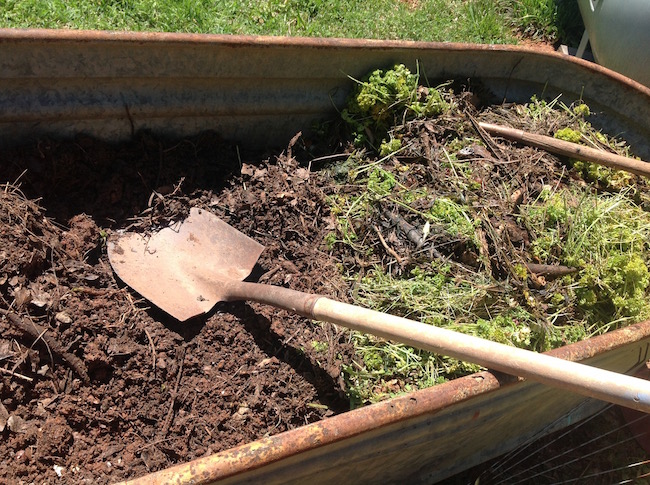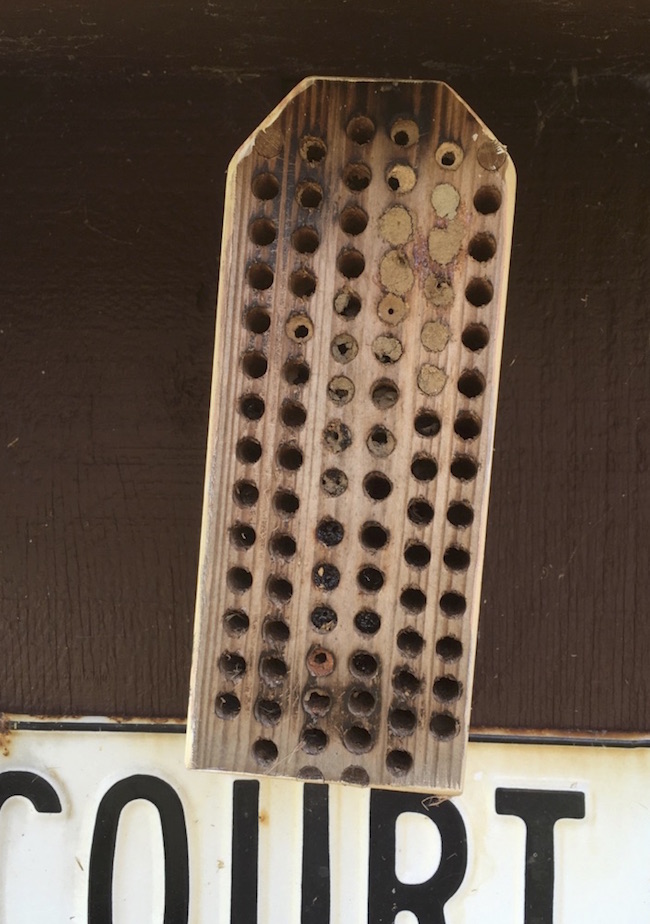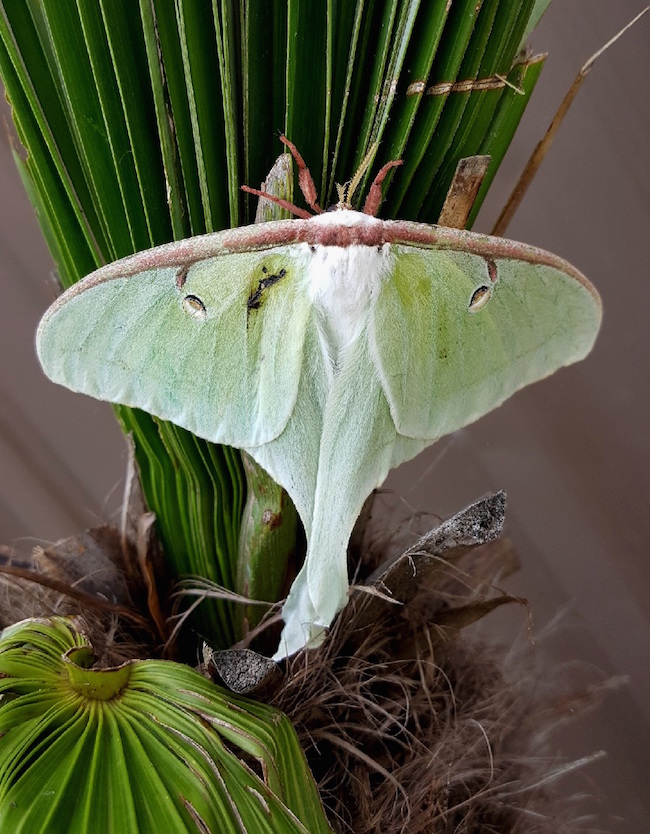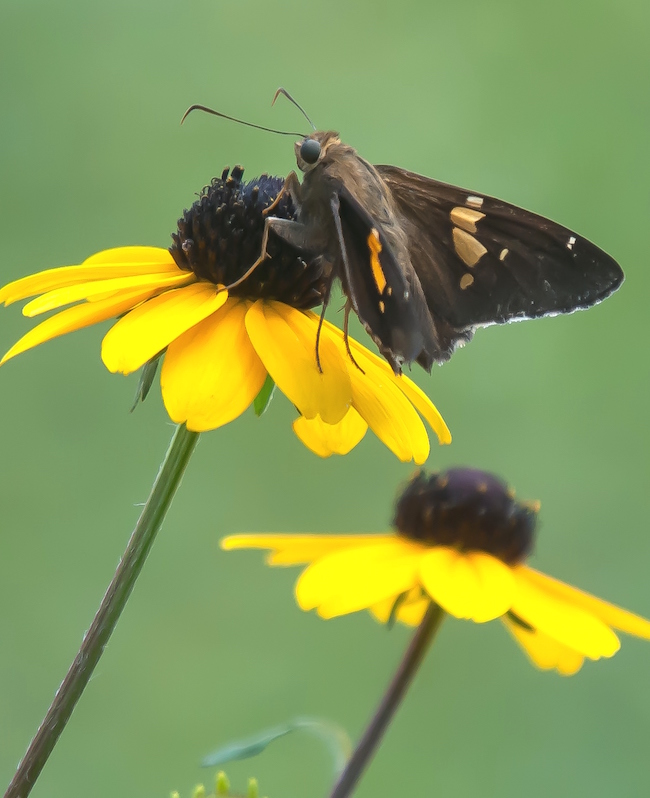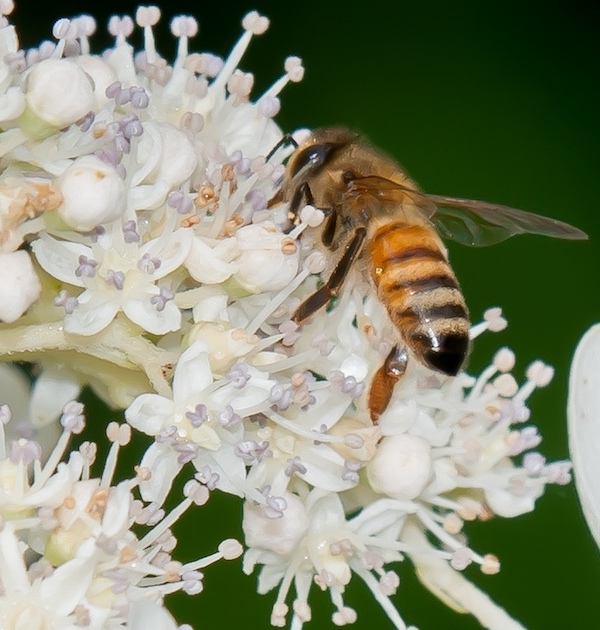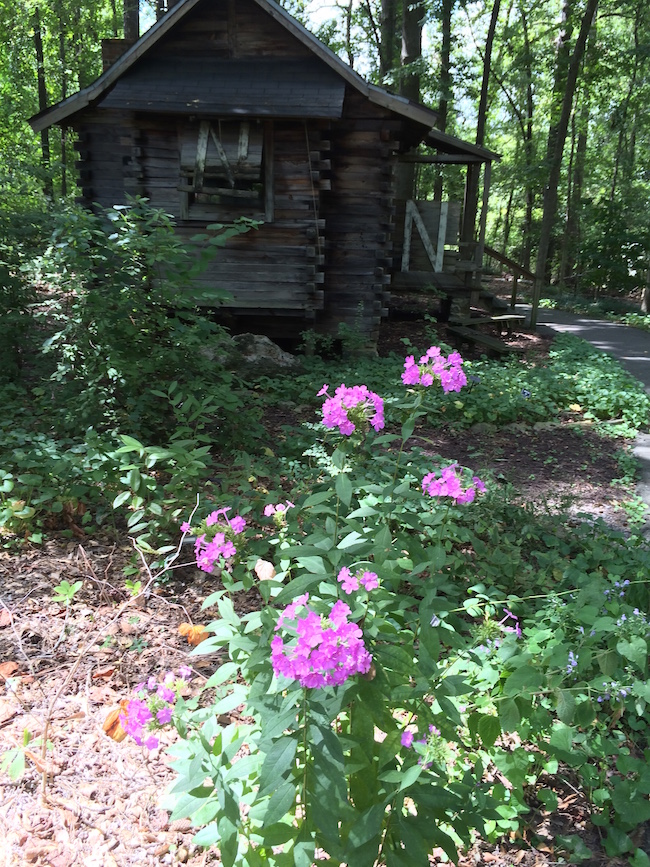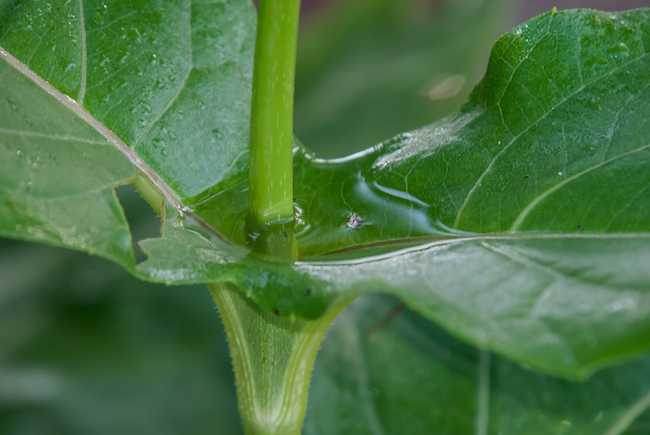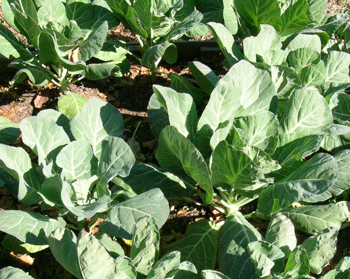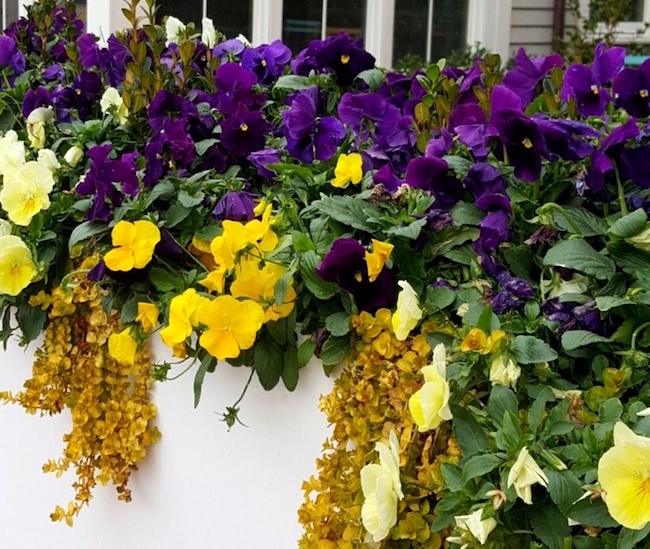 CAES News
CAES News
Cool Wave Pansies
During the summer, we think of flowers like petunias as those fragrant, spilling or tumbling flowers cascading over the rims of baskets and mixed containers. That same show of incredible color coupled with tantalizing fragrance can be achieved during the cool season with pansies like those of the Cool Wave series.

